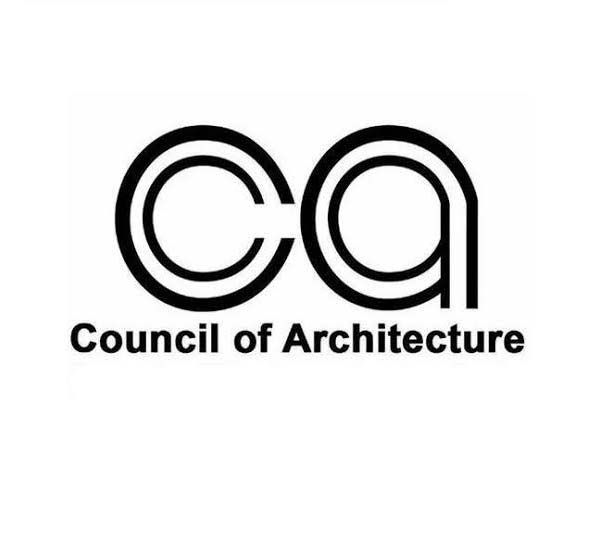Formation
The Council of Architecture (COA) was established by the Government of India under the Architects Act, 1972, which came into force on September 1, 1972. The Act provides for the registration of architects, standards of education, recognized qualifications, and standards of practice.
Functions
COA regulates the education and practice of architecture throughout India. Its key functions include:
- Registration of Architects: Maintaining a register of practicing architects.
- Setting Education Standards: Prescribing minimum standards for architecture education.
- Conducting Inspections: Periodically inspecting institutions to ensure compliance with standards.
- Granting Approvals: Approving institutions for imparting architecture programs.
- Providing Support: Offering academic and training support to institutions and professionals.
Growth
Since its inception, COA has grown significantly. It oversees numerous institutions offering architecture programs and ensures they meet the prescribed standards. The council conducts regular inspections and updates its regulations to keep pace with the evolving field of architecture.
Reach
COA’s reach extends across India, with numerous institutions affiliated with it. It plays a crucial role in maintaining the quality and standards of architectural education and practice in the country.
Future
The future of COA involves continuous improvement and adaptation to new educational and professional standards. The council aims to enhance the quality of architectural education and practice, ensuring that architects are well-prepared to meet the challenges of the modern world.
